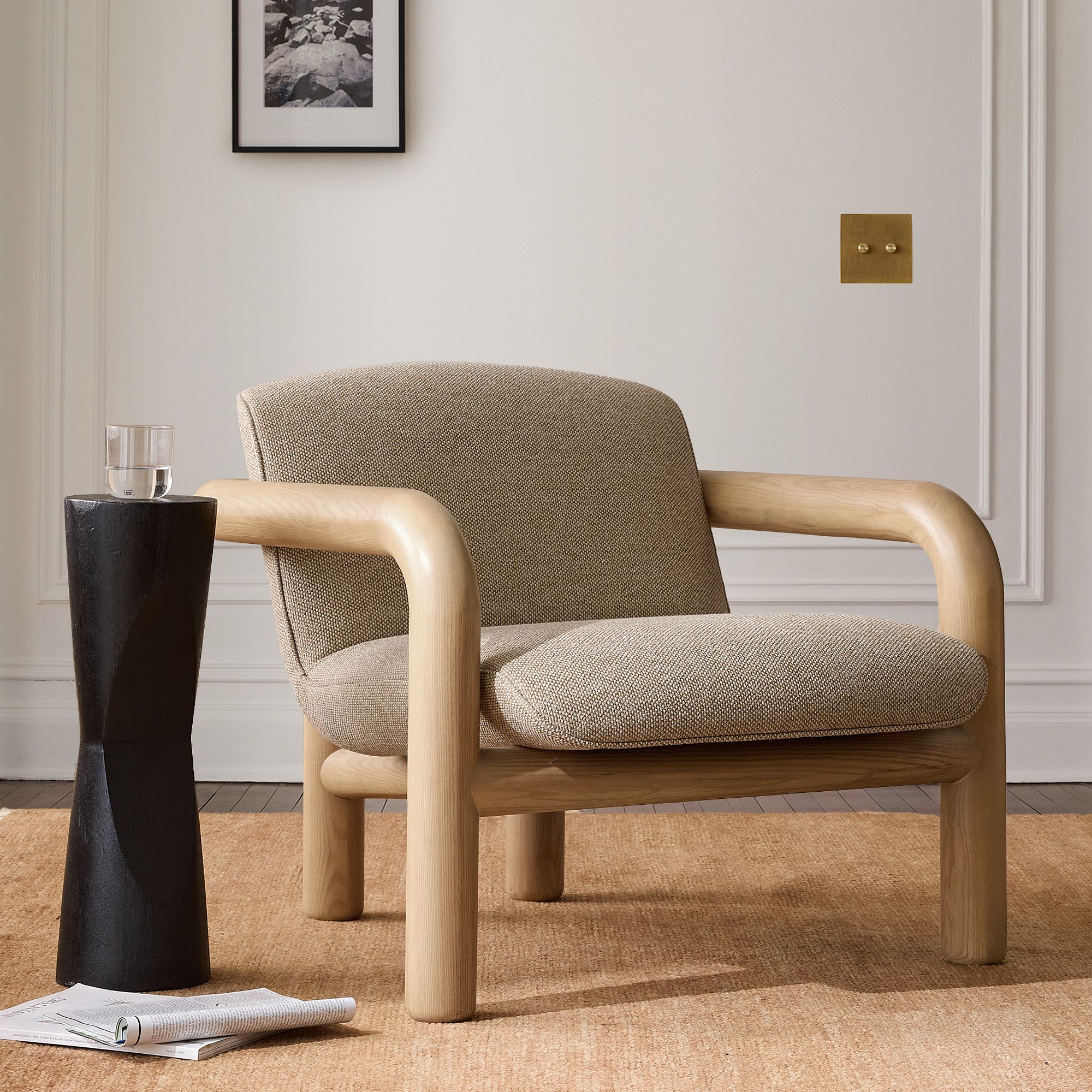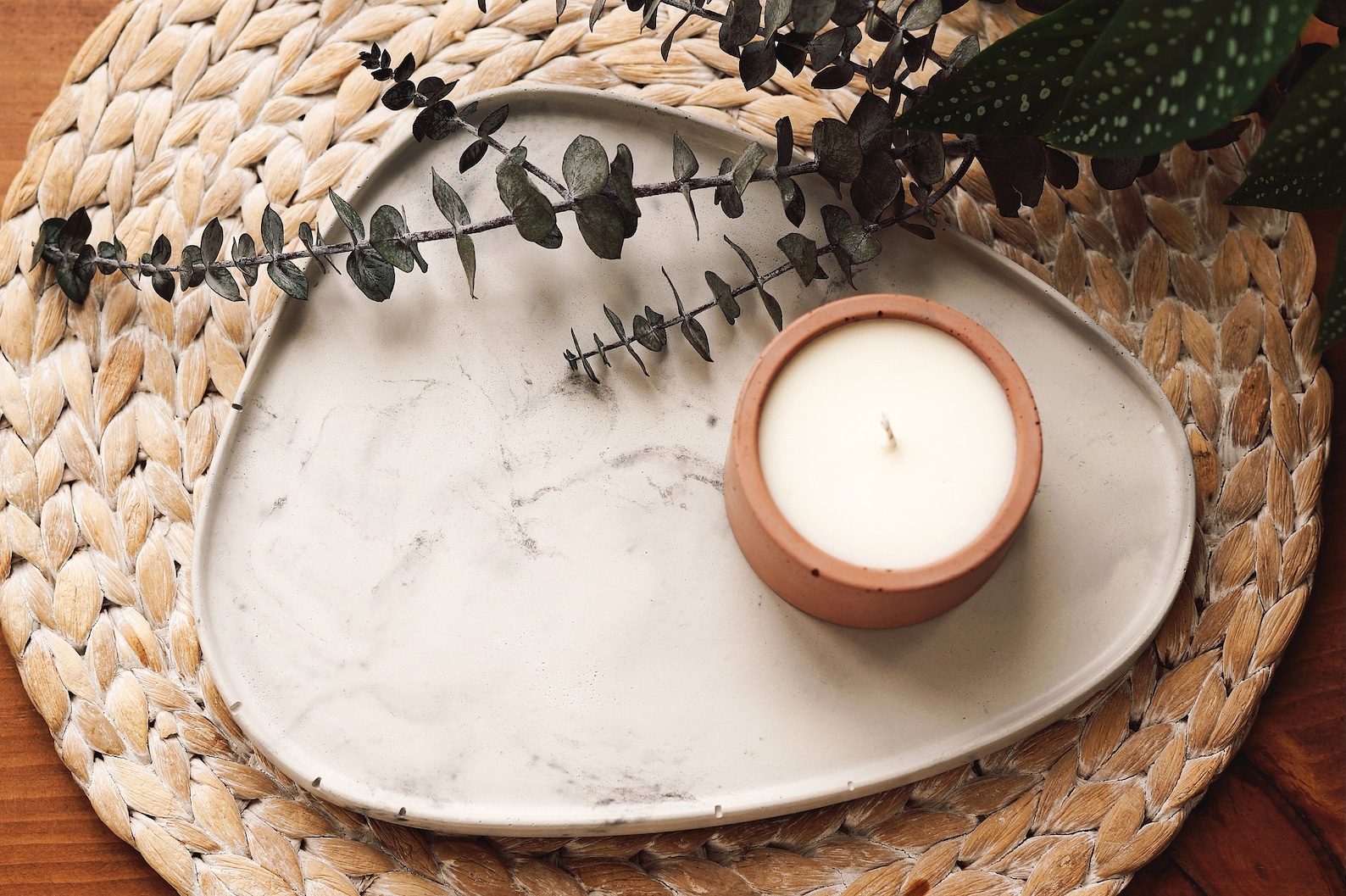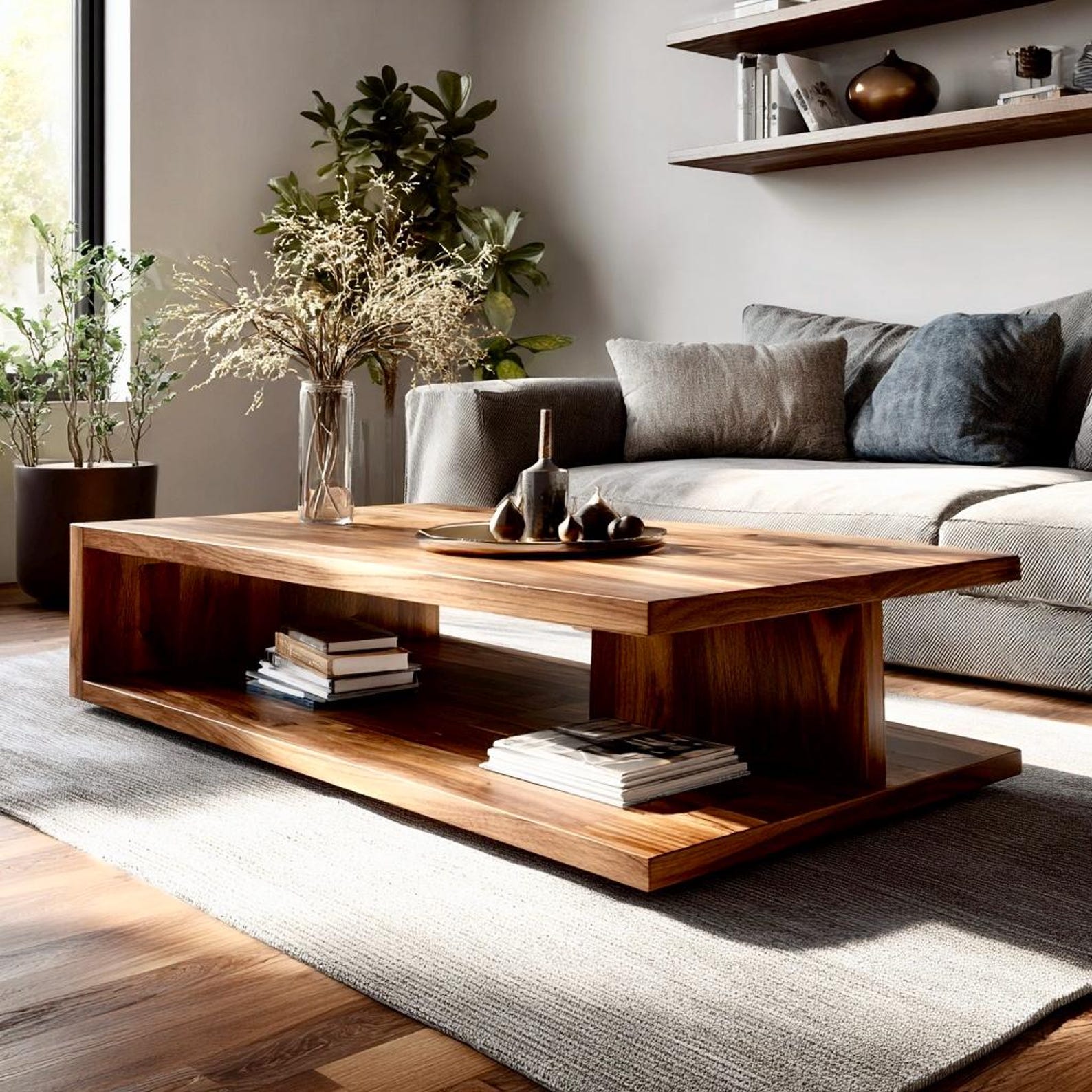HOW TO ENGAGE ALL FIVE SENSES AT HOME
- Viktoria Gilanyi

- Oct 28
- 6 min read

Imagine walking through a forest.
The light shifts gently between leaves, the air smells fresh, and the ground softens your steps. You hear a bird somewhere in the distance, feel a cool breeze brush your skin, and suddenly - without even trying - your mind feels still.
It’s impossible not to feel well in that moment.
That’s because nature engages all of our senses at once, creating balance and calm through subtle layers of experience. It reminds us that our well-being depends on variety - the texture of bark, the rhythm of sound, the scent of rain. When we surround ourselves with sensory richness, we feel grounded and alive.
Our homes can - and, in fact, should do the same.
Design isn’t only about what we see. It’s about how a space makes us feel. The best homes - the ones we want to return to - quietly awaken each of our senses. They invite us to touch, to listen, to breathe, to notice. When sight, sound, scent, touch, and even taste come together in harmony, our spaces begin to nourish us in ways that go far beyond beauty.
Here’s how to bring that sensory balance into your own home.
1. Sight - Let Light Lead
Even the most thoughtful design can fall flat if the light isn’t right. Light shapes how we experience space - it defines mood, reveals texture, and sets the rhythm of our days. It’s also vital for our well-being: exposure to natural light helps regulate our sleep, improves alertness, and supports overall happiness.
Pay attention to how light moves through your home. Notice where the sun rises, where it softens in the afternoon, and how shadows stretch across your walls. Let these rhythms guide your layout - place reading nooks and work areas near daylight, create quiet evening zones in softer, warmer light.
Keep windows clear and uncluttered to maximize natural light. Sheer fabrics diffuse brightness beautifully, while mirrors and pale finishes help bounce daylight into deeper corners.
When evening comes, continue the story of light. Layer your artificial lighting - ambient for softness, task for purpose, accent for warmth. Avoid harsh overhead glare; think instead of gentle pools of light that shift with your mood. A small lamp on a console, the glow of a candle, or under-cabinet lighting in the kitchen can make even the simplest space feel intentional and alive.
2. Touch - Invite Texture and Contrast
Our sense of touch is deeply emotional - it’s how we connect with our surroundings. When a space lacks texture, it can leave us feeling disconnected or unsettled. Just as silence can feel heavy, a visually flat room can create a kind of tactile deprivation - also called “touch hunger.”
We instinctively seek out textures that feel good. Even before we touch them, we read them with our eyes - deciding whether something looks soft, rough, warm, or cool. This instant recognition, known as a haptic invitation, tells us whether a surface will be pleasant to the touch. When textures appear inviting, they quietly welcome us in.
These small sensory experiences add up to something powerful: belonging. We feel more comfortable and at ease when surrounded by materials that appeal to both sight and touch. Linen, clay, wood, wool - they carry warmth and authenticity, creating a space that feels human and alive.
Layering textures brings depth and balance. Pair smooth stone with woven textiles, matte walls with brushed metal, natural wood with soft upholstery. Choose materials that age beautifully and reveal character over time.
When we design with texture in mind - not only how it looks, but how it feels - we create spaces that comfort, ground, and restore us.
3. Sound - Design for Quiet and Flow
Every space has its own soundtrack. Some sounds energize us - conversation, music, or the hum of daily life. Others calm us - rustling leaves, birds at dawn, rain against glass. But when sound becomes too much, it stops nurturing us.
Noise pollution - from traffic, neighbours, or even constant devices - can quietly erode our well-being. Studies link chronic noise exposure to sleep disturbances, hypertension, and reduced concentration. Yet our ideal level of sound isn’t the same for everyone. Some thrive in gentle background noise; others need stillness to focus. The key is to find the balance that supports your rhythm.
Soundproofing can be costly, but there are many ways to soften the acoustics of a space. Large rugs, curtains, and upholstered furniture absorb echo. Wooden surfaces and bookshelves help diffuse and redirect sound. Even large houseplants can act as natural acoustic buffers, reducing reverberation while adding beauty and calm. Try rearranging furniture to block sound paths - for instance, a tall bookcase along a shared wall can make a noticeable difference.
And if you can, invite the right kind of sound in. Open a window to let nature do the work - birds, wind, or rainfall. If outdoor noise makes that difficult, try sound masking with soft instrumental music or recordings of natural elements.
Designing for sound isn’t about eliminating it entirely. It’s about shaping an environment where the ear - like the eye - can rest. A home where quiet isn’t silence, but balance.
4. Scent - Create Subtle Anchors
Scent is memory’s quiet messenger. It can transport us instantly - to a childhood garden, a seaside breeze, a morning café. In design, scent does more than please the senses; it shapes how a space feels, and even how healthy it is to inhabit.
Good air quality is the foundation. Before adding fragrance, consider what’s already in the air. Many conventional paints, finishes, and furnishings release volatile organic compounds (VOCs) that can linger long after installation, affecting both mood and health. Choosing low- or VOC-free materials, solid wood furniture, and non-toxic cleaning products creates a cleaner, fresher baseline.
Plants play an important role here too. Beyond their visual calm, many species - like peace lilies, snake plants, and pothos - naturally filter indoor air, helping remove toxins and restore balance. They breathe life into a room in the most literal way.
From there, think of scent as a layer - one that should feel natural, not imposed. Fresh air remains the best perfume of all, so open your windows whenever possible. A few stems of eucalyptus, a bowl of citrus, or a drop of essential oil diffused gently through the room can set a tone without overwhelming it.
Be mindful of synthetic fragrance products. While they may promise comfort, they often mask rather than enhance, and can introduce unnecessary chemicals into your environment. Natural scents, on the other hand, connect us to place and season - pine in winter, herbs in summer, a hint of lavender before rest.
When scent is honest and understated, it becomes part of the rhythm of home - a quiet anchor that grounds and restores you each time you enter the room.
5. Taste - The Ritual of Nourishment
Taste may seem like the least design-related sense, yet it’s one of the most intimate. It’s how we connect to comfort, memory, and place. The flavour of morning coffee, the scent of herbs on your fingertips, the texture of bread still warm - these small rituals quietly root us in the present.
Design can encourage this kind of mindful nourishment. Create spaces that invite you to slow down and savour - a dining table bathed in soft light, an open shelf that displays your favourite teas or ceramics, a kitchen counter that feels clear and calm enough to cook with joy. When your environment supports the act of preparing and sharing food, it deepens your relationship with home.
Materiality plays a role, too. The weight of a handmade mug, the grain of a wooden board, the coolness of stoneware - these tactile moments make eating and drinking a sensory experience, not just a task. Choose natural materials whenever possible; they connect you back to the origins of what you consume.
Keep ingredients and rituals visible. A bowl of seasonal fruit, a vase of herbs, a carafe of water on the table - these small gestures bring vitality into daily life. They remind us that nourishment is multisensory: what we see, smell, touch, and taste all work together to create a feeling of wholeness.
In the end, taste isn’t only about food - it’s about the experience that surrounds it. A home that honours these simple moments of nourishment becomes one that feeds the body, calms the mind, and restores the spirit.
Final Thoughts
When every sense is gently awakened, your home becomes more than a place to live - it becomes a place that restores. A space that reflects your rhythm, supports your energy, and connects you to what’s real.
Design, after all, isn’t just what you see. It’s what you feel, hear, smell, and remember.
Sources:
Design a healthy home by Oliver Heath
Looking to create a home that engages all five senses - a space that feels calm, balanced, and alive?
At ORIA Interiors, we design with nature in mind - blending light, texture, and warmth to craft homes that nurture your well-being and support how you truly live. Get in touch to start your design journey.

















Comments